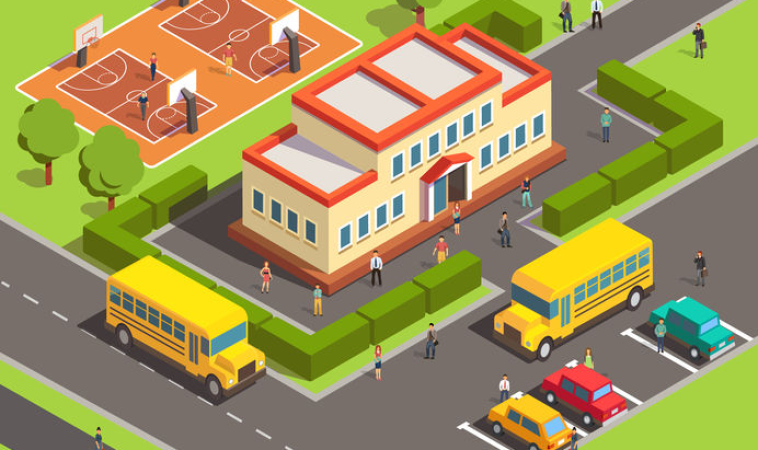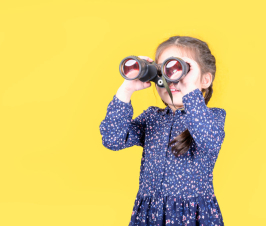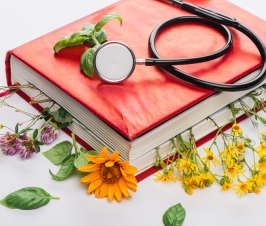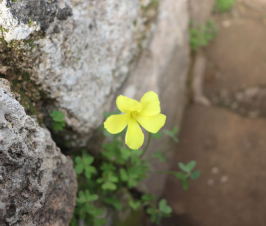Health care and education systems are two main pillars of a community’s stability. How well and how quickly a community recovers following a natural disaster depends on the resilience of these essential social services.
New research from the Colorado State University Department of Civil and Environmental Engineering, published in Nature Scientific Reports, has found hospitals and schools are interdependent, suggesting their collective recovery must be considered in order to restore a community in the wake of disaster.
Because hospitals and schools are so integral to a community’s well-being, Associate Professor Hussam Mahmoud and Ph.D. graduate student Emad Hassan wanted to determine the correlation between them to understand their overall influence on community recovery following extreme events. They found extensive direct and indirect relationships between health care and education, indicating recovery of one system relies on recovery of the other.
“This quantification has never been done before, so it was exciting to show that they depend on each other quite a bit,” Mahmoud said. “Synchronizing the recovery might actually be very important if you want to optimize the overall recovery for the community.”
Checking in on Centerville
A community’s health care and education systems are complex on their own. Each has its own facilities and functions, requiring infrastructure, staff and supplies. To examine the intricate interactions between these systems, Hassan and Mahmoud comprehensively modeled hospitals, schools, community-built environments and even community members.
They based their study on a virtual community called Centerville, complete with physical, social and economic sectors and 50,000 individuals. The model was so detailed that the imaginary residents had their own roles within the community and were able to interact, learn, adapt and make decisions.
“The study, with this level of resolution, enabled us to capture interdependencies between hospitals and schools at the family and individual levels, which surprisingly showed that the two systems are significantly related and have an enormous role in community recovery after disasters,” said Hassan, who was awarded a grant from the American Geophysical Union to present the research at the AGU Fall Meeting 2020.
Working within the NIST Center for Risk-Based Community Resilience Planning at CSU was helpful to understand the nature of these complicated systems from different perspectives, he said.
The study revealed the compounded role of hospitals and schools in communities’ social stability and allowed the researchers to apply different strategies to these systems that might accelerate the whole community recovery after disasters.
Now the modeling approach Hassan and Mahmoud developed can be used to investigate other systems subjected to various kinds of disasters.
How stable is your community?
In response to the high level of interdependence they uncovered between health care and education systems, Hassan and Mahmoud created a social services stability index, so policymakers and community leaders can measure the social services stability within their own communities based on the functionality of hospitals and schools combined.
Mahmoud hopes this tool and deeper understanding of how these interdependent systems function will help communities recover faster, rather than wither, following disaster. He points to Butte County, California, where the population has dropped by 11,000 in the aftermath of the Camp Fire, which badly damaged the only local hospital.
“Without schools and hospitals, society cannot function properly,” Mahmoud said.
1. Emad M. Hassan, Hussam Mahmoud. Healthcare and education networks interaction as an indicator of social services stability following natural disasters. Scientific Reports, 2021; 11 (1) DOI: 10.1038/s41598-021-81130-w

Razi Berry is the founder and publisher of the journal Naturopathic Doctor News & Review, which has been in print since 2005, and the premier consumer-faced website of naturopathic medicine, NaturalPath. She is the host of The Love is Medicine Project docuseries, The Natural Cancer Prevention Summit, The Heart Revolution-Heal, Empower and Follow Your Heart, and the popular 10-week Sugar Free Summer program. From a near death experience as a young girl that healed her failing heart, to later overcoming infertility and chronic fatigue syndrome and fibromyalgia through naturopathic medicine, Razi has lived the mind/body healing paradigm. Her projects uniquely capture the tradition and philosophy of naturopathy: The healing power of nature, the vital life force in every living thing and the undeniable role that science and mind/body medicine have in creating health and overcoming dis-ease. You can follow Razi on social media: Facebook at Razi Berry, Instagram at Razi.Berry and join the Love is Medicine group to explore the convergence of love and health. Look for more, and listen to more Love is Medicine podcast episodes here.

















